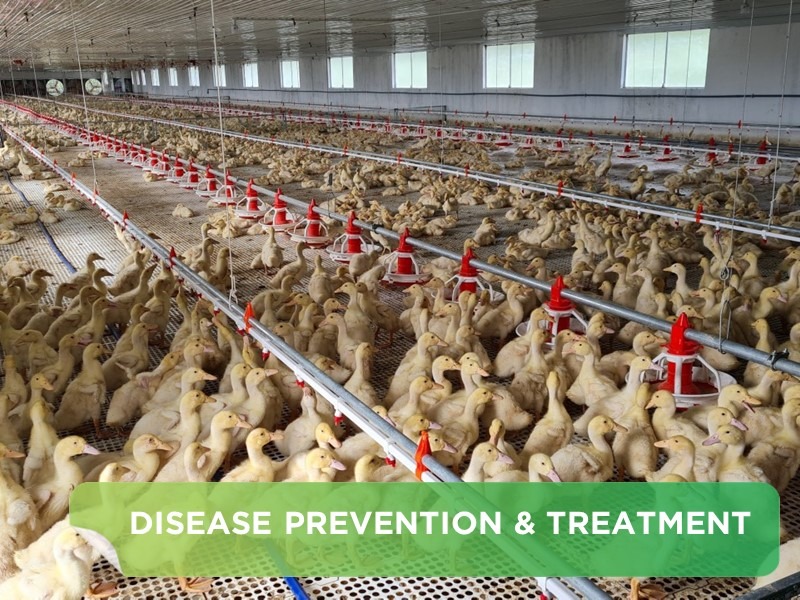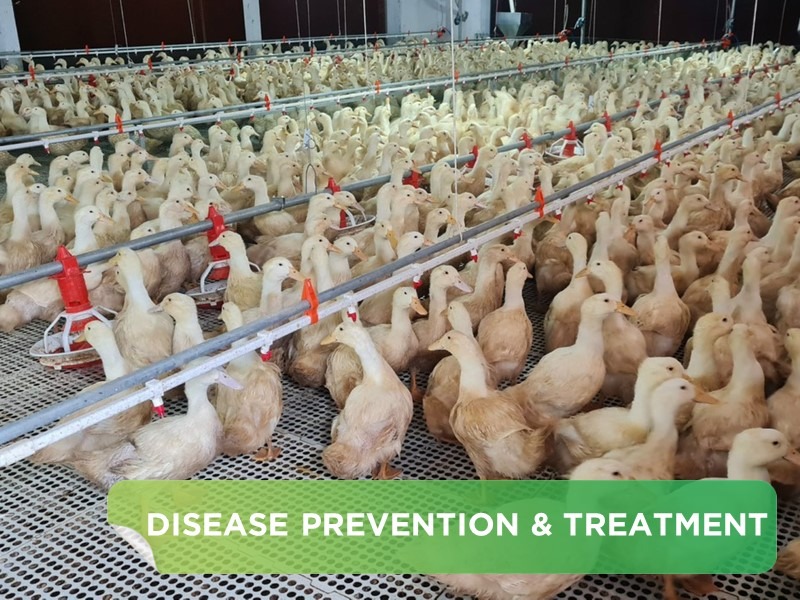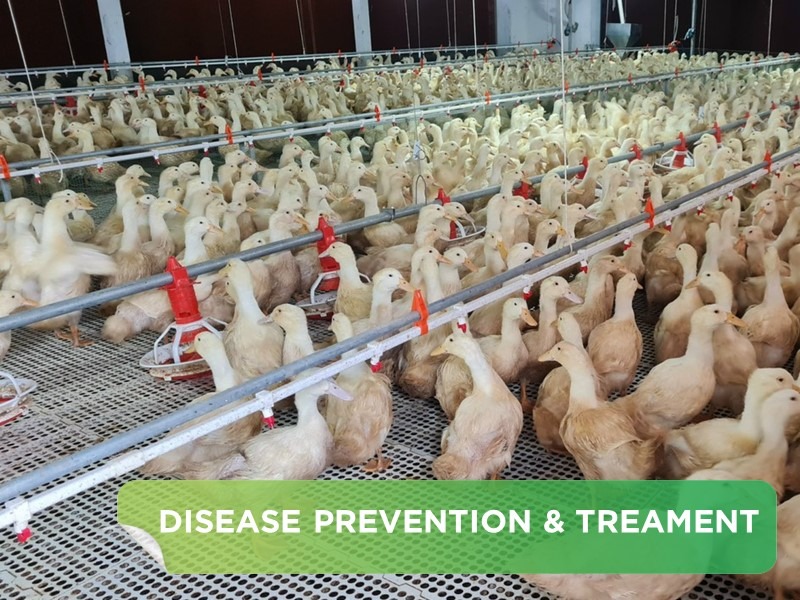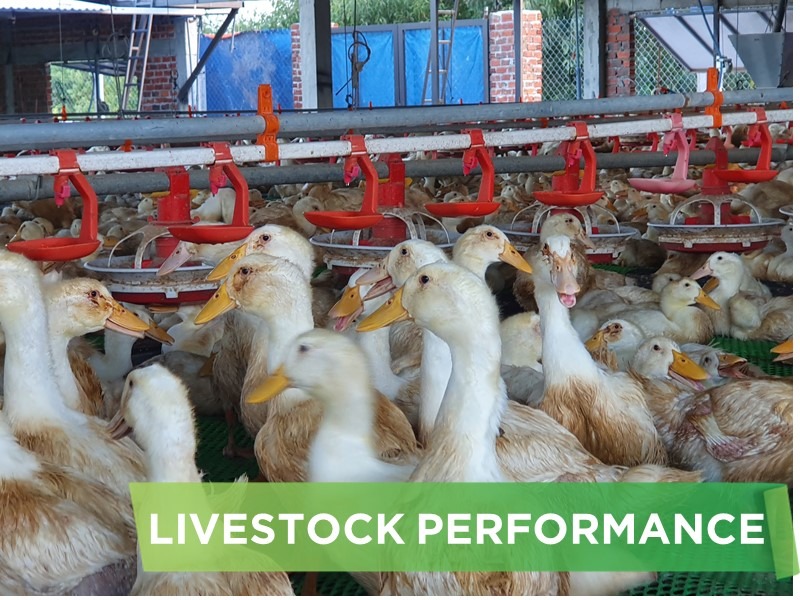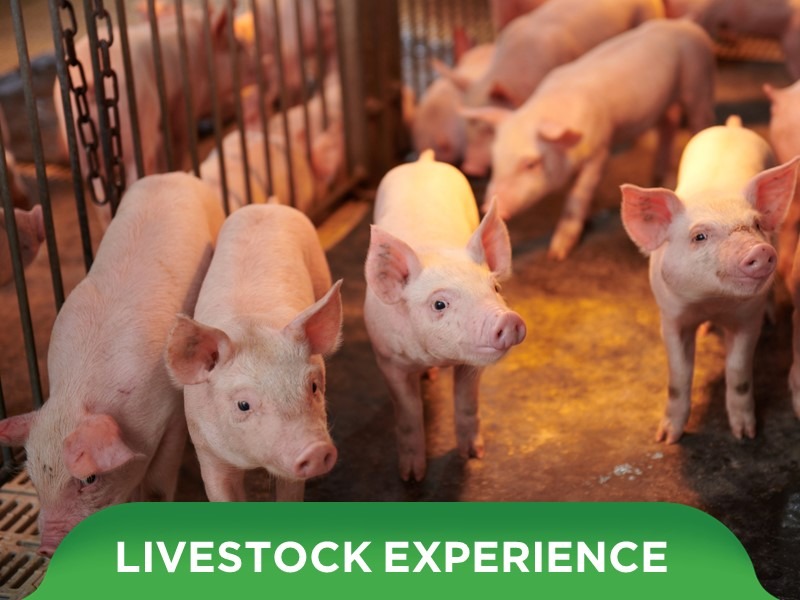Swine fever is one of the most important viral diseases of pigs. It is a systemic disease and is a notifiable disease in most countries. Farmers need to know how to prevent it on their pig farms.
1. Causes of swine fever
Swine fever is caused by a pestivirus related to bovine viral diarrhea and border disease. There are many strains with different virulence. Its clinical symptoms are very similar to African swine fever and many common diseases, such as salmonellosis; therefore, diagnosis must be made by laboratory testing. Control of the disease consists of culling infected pigs or, as a last resort, vaccination. Like African swine fever, these viruses survive for a long time in frozen carcasses.
• The virus is transmitted from infected or carrier pigs in nasal secretions, saliva, urine and faeces. It is highly contagious.
• It can enter the herd through contaminated meat (can be transmitted through uncooked pork or processed meat).
• Mechanical transmission is common through boots, clothes, trucks, etc.
• Co-infection with PRR virus
2. Detailed symptoms according to each livestock
| Animal Group | Symptoms |
| Suckling piglets | - Vomiting - Diarrhea - Lack of coordination in movement - Conjunctivitis - High fever - Sudden death - Malformations - Newborn piglets are very weak (congenital tremor) |
| Sows | - Poor appetite - High fever - Abortion - Increased number of stillbirths - Increased number of mummified fetuses - Convulsions - Lack of coordination in movement - Diarrhea - General reproductive failure - Blue discoloration of the skin |
| Weaned and growing pigs | - Weakness – head down - Anorexia - Diarrhea - Eye discharge - Persistent high fever - Neurological signs - Convulsions - Lack of coordination in movement - Blue discoloration of the skin - High mortality rate |

(Subcutaneous hemorrhage in swine fever)

(Eyelids drooping, bleeding)

(Yellow diarrhea)
3. Effective ways to prevent swine fever
Swine fever is one of the most important viral diseases of pigs. It is a systemic disease and is a notifiable disease in most countries.
Producers need to understand how to prevent it for their pig farms through some important notes below:
• Vaccination is effective in areas where the disease is endemic, and in high-risk areas it may be mandatory.
• Most countries without the disease do not include vaccination in their national CSF eradication programs, and it is often prohibited.
• In areas where CSF is endemic, it is common practice to vaccinate all pigs at two weeks of age. Piglets born to vaccinated sows are vaccinated at eight weeks of age. This policy will usually result in eradication of the virus from that area.
• Countries without CSF will prevent foreign contamination, control the import of pigs and pork products, unless they are properly processed, if they come from countries with CSF. In addition, the organic waste that may contain meat products must be heat-sterilized.

